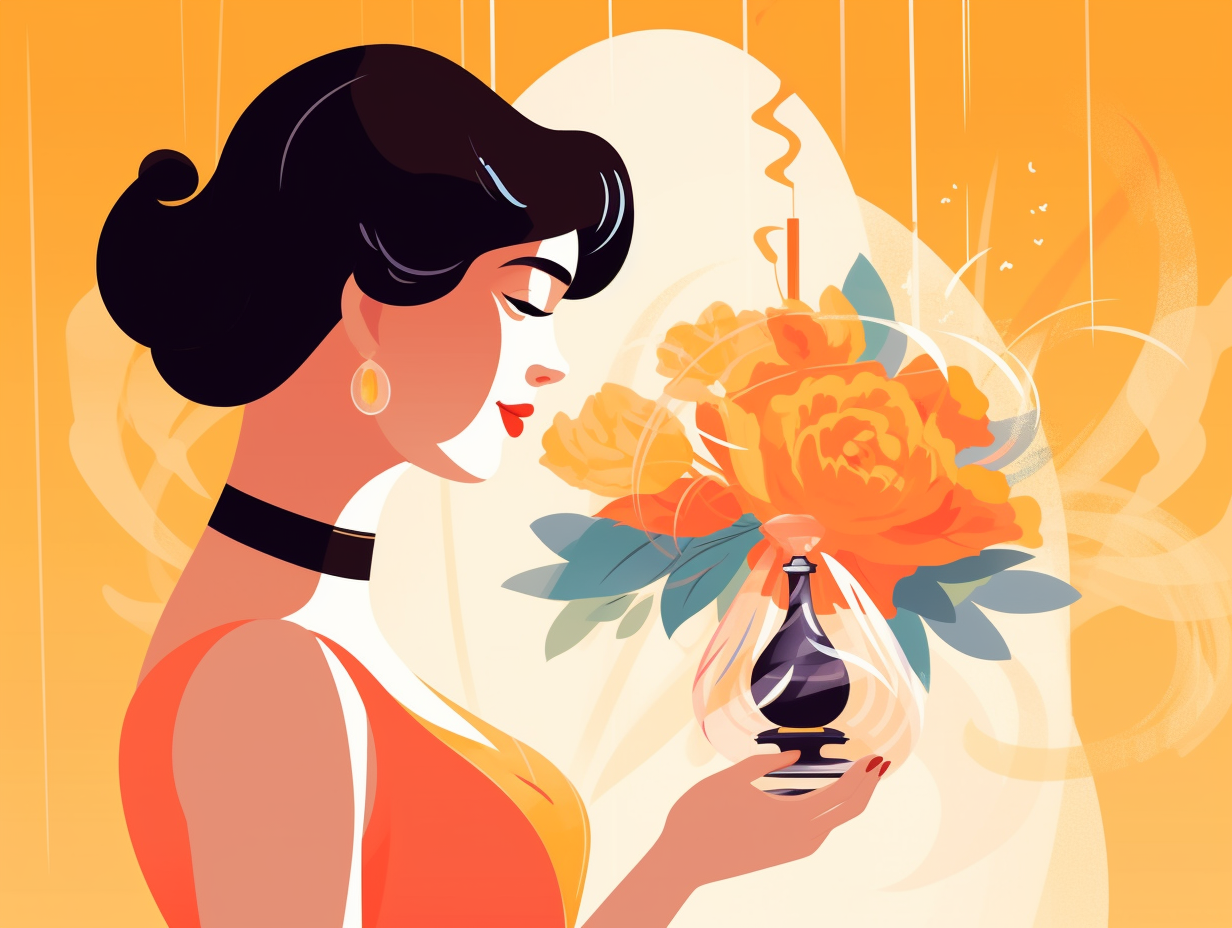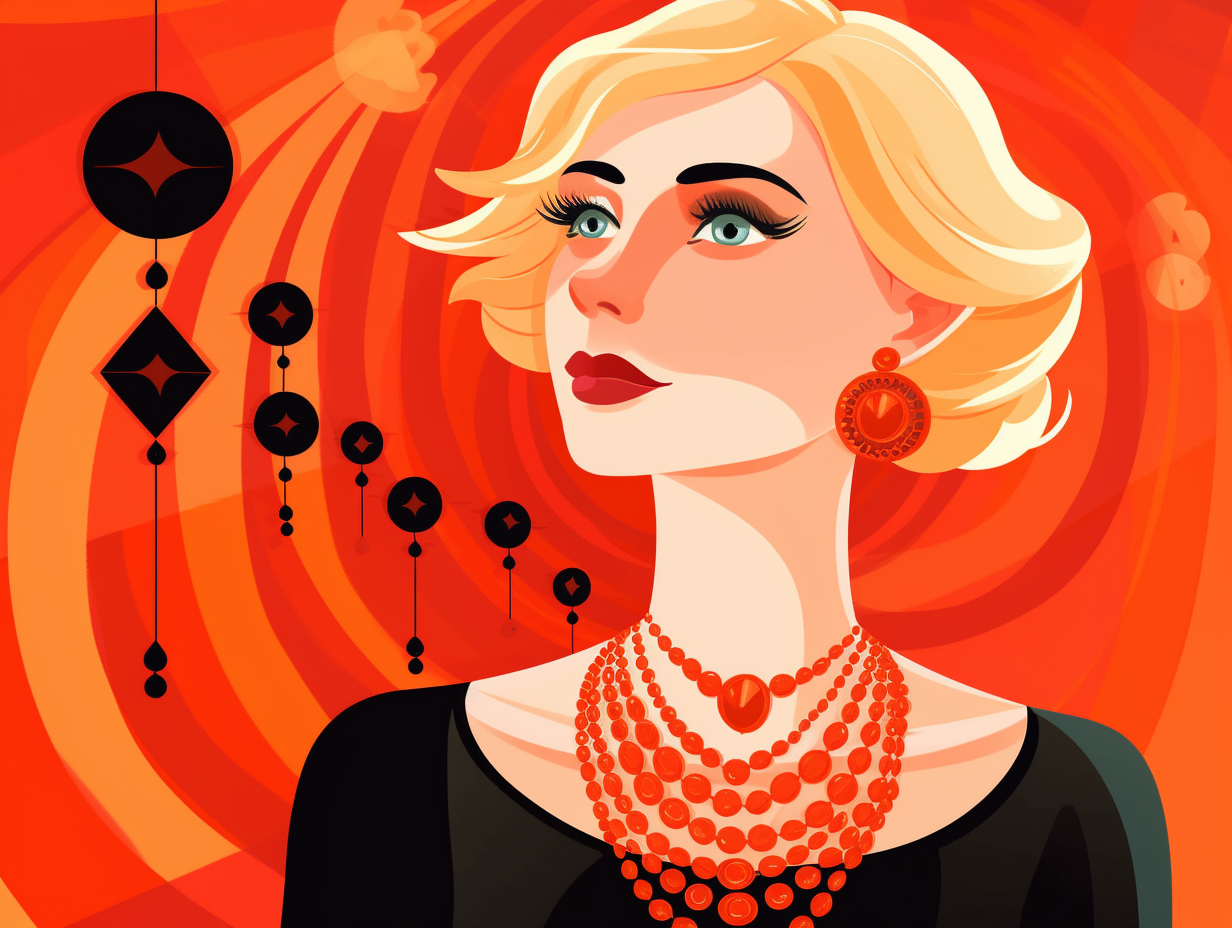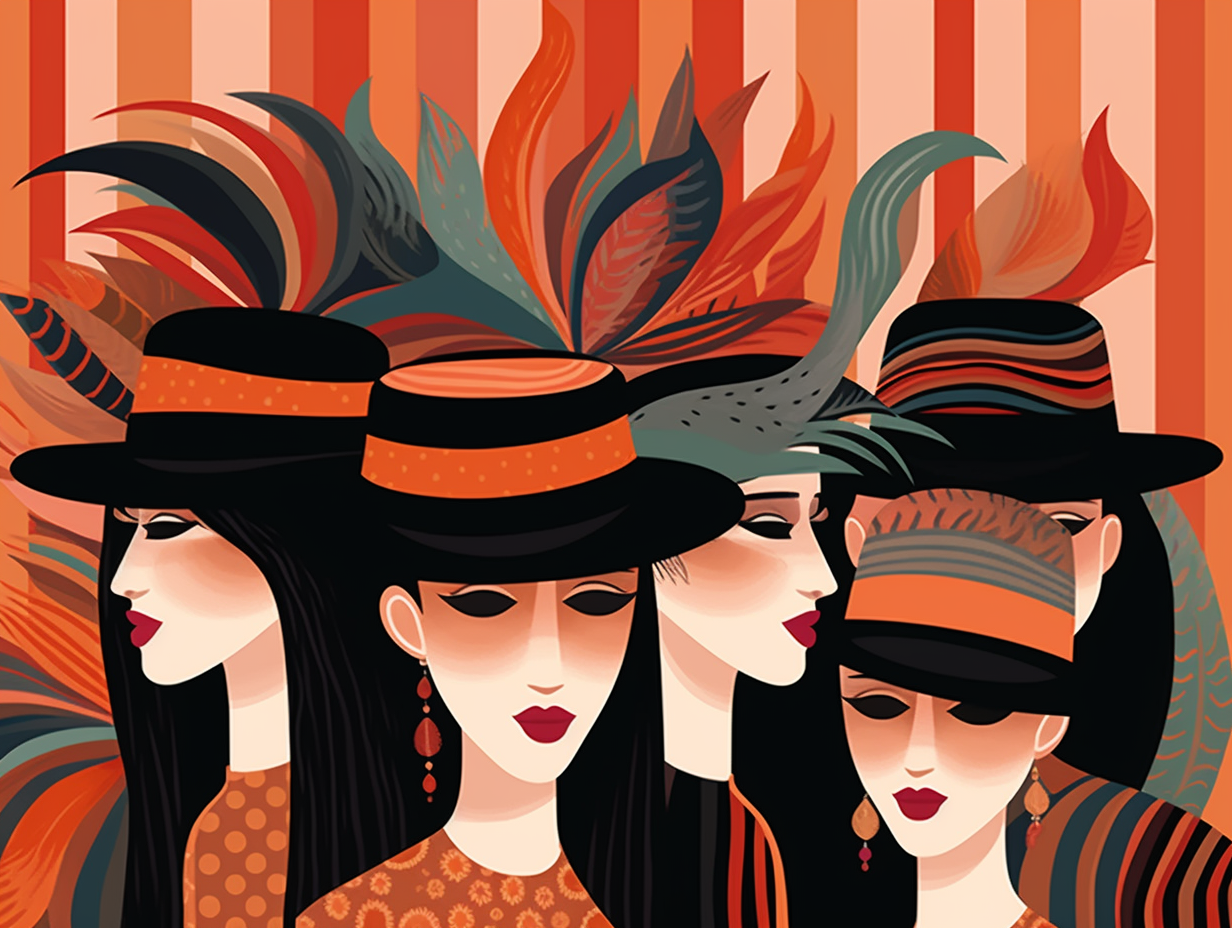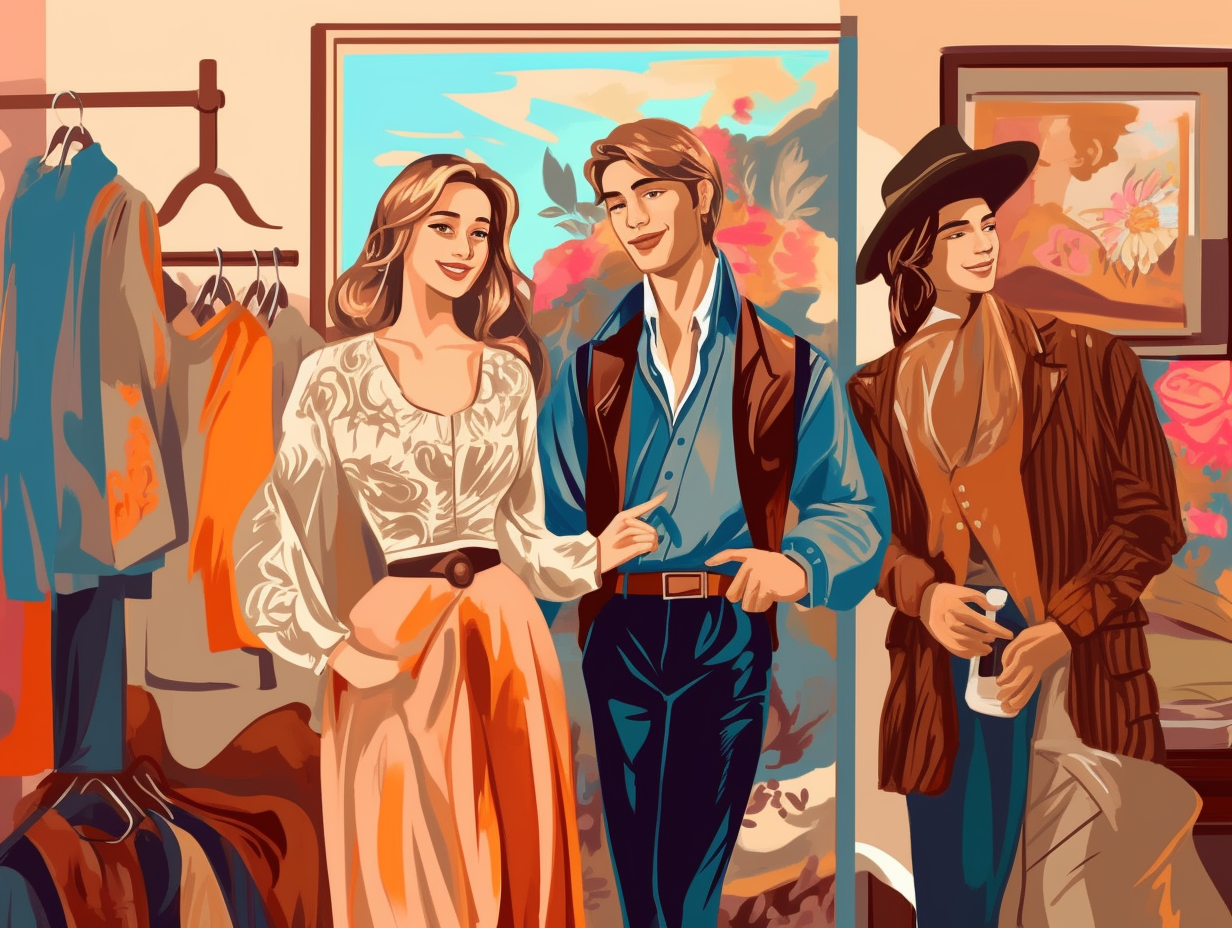8 Fascinating Fun Facts About Perfume: Unveiling the Secrets of Scents

1. Whale Poop Perfume Gold
Who knew that whale poop could become gold to the perfume industry? Well, not quite gold, but pretty darn close: Ambergris, a substance derived from the digestive system of sperm whales, is a valuable fixative in perfumes that helps make scents last longer. However, due to the endangerment of these majestic creatures, its possession and sale is illegal in the United States, leading the industry to rely on synthetic alternatives like ambroxide while researchers continue to explore sustainable production methods such as engineered yeast.
Source => acs.org
2. Ancient Egyptian Aromatherapy
Before Chanel No. 5 and Dolce & Gabbana, there were the oh-so-classy Ancient Egyptians who knew how to smell like a dream without even breaking a sweat-quite literally: They crafted a divine range of perfumes and aromatherapy products, utilizing an assortment of flowers, plants, leaves, seeds, woods, resins, and gums, meticulously selected for their natural properties, fashioning fragrances that were not only astonishingly sophisticated but also held the key to their health, wellbeing, vitality, and emotions.
Source => styleforwanderlust.com

Did you know the first commercial lipstick in 1884 was made from deer tallow, castor oil, and beeswax? Discover the fascinating origins and ingredients behind this iconic beauty staple! 🦌🎨💄
=> Fun Facts about Lipstick
3. Medieval Scented Swag
In medieval times, folks took a swipe-right approach to sickness and stench by sporting pungent pomanders like the bacterial bouncers of the party called Life: These chic odor-destroying and ailment-fighting accessories – made of precious metals and filled with spices or fragrant solids – were worn around the neck or waist, believed to ward off disease, infections, even evil spirits, and some examples of these scented swag can still be found in the exquisite silver work of Yemenite Jewish jewelers.
Source => wysinfo.com
4. Coco Chanel's Lucky Fives
They say life is just a box of chocolates, but for Coco Chanel, it was all about the lucky fives: Fives adorned her everyday surroundings, from Orphanage's pathways to rock-rose laden hillsides; fittingly, she chose the fifth fragrance and christened it Chanel No. 5 - an iconic scent whose bottle design remains virtually untouched since 1924.
Source => en.wikipedia.org

5. Royal Headache Remedy
A royal headache remedy to be sniffed at: It turns out that medieval Europe had their own aromatherapy game on point - enter Hungary water, a concoction of herbs such as rosemary distilled with brandy or wine. This scented elixir, allegedly gifted to Queen Elizabeth of Hungary, was believed to cure not just her royal aches but also soothe toothaches, ringing ears, and cleanse the body of impurities; even being used externally as a face-wash elixir. Alas, poor Hungary water was eventually dethroned by Eau de Cologne in the 18th century.
Source => en.wikipedia.org
6. Roman Deodorants and Secrets
In a world where "smell ya later" meant something entirely different: Perfume was a luxury item in Ancient Rome, made by macerating flowers, leaves, and roots in various forms, and even deodorants utilized alum, rose petals, and iris — but unlike a secret Caesar sauce recipe, there's no evidence of perfume recipes being a criminal secret passed down through families.
Source => beautifulwithbrains.com
7. Plaguebusters: Odor Saviors
Ever heard of Plaguebusters, the medieval precursor to Ghostbusters? They didn't fight pesky poltergeists, but bad odors instead: In the Middle Ages, perfume was used as a combatant against diseases caused by foul odors, with ingredients like lavender and rosemary grown in monastery gardens for their protective properties. During the Black Death, aromatherapy was the go-to way to fight the outbreak, with homes purified by burning healing herbs and people using plant-based purification methods to inhale or fumigate the air.
Source => carrementbelle.com
8. 14th Century Aristocratic Incense
From medieval Axe body spray to the 14th-century Febreze: Incense became the aroma of choice for the aristocracy during the 14th century, showcasing sophistication and covering up smells while introducing "listening to fragrance" as a leisurely activity and incorporating it into their posh parlor games.
Source => ippodogallery.com
Related Fun Facts




















